
A Community Grows in Texas: The 2014 ATX Television Festival
Libby Hill recaps the 2014 ATX Television Festival.

Libby Hill recaps the 2014 ATX Television Festival.

TNT & USA are premiering or returning eight series in the next two weeks and yet they get half the press of other networks. What are they doing right and are any of the new shows worth a look?

The joy of “Orange is the New Black” comes in how it unfolds, the ways the writers and performers constantly defy expectations.
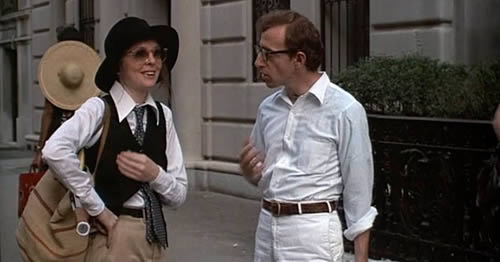
The latest and greatest additions to streaming services like Netflix, Amazon, and more.
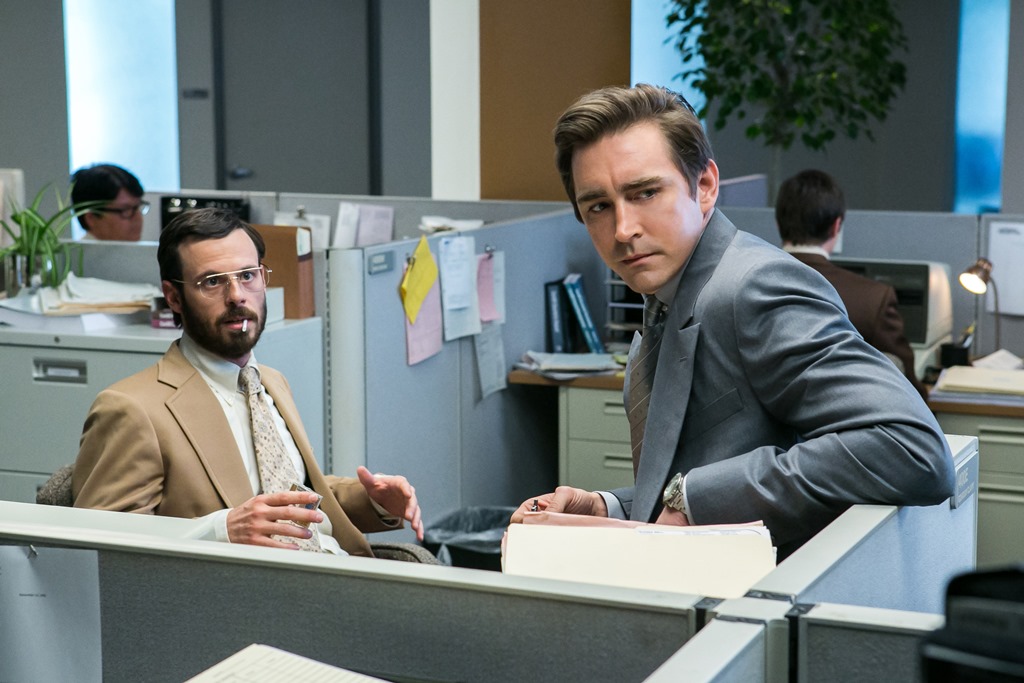
The easy crib note for “Halt and Catch Fire” could be “Mad Men in the
‘80s tech world” in the sense that they’re both AMC period pieces about
workplace culture and changes in the marketplace in the times they take
place. It’s not quite as nuanced as “Mad Men,” but it could be before the
end of the season.

Three new programs premiere on NBC this week. None are worth your time.
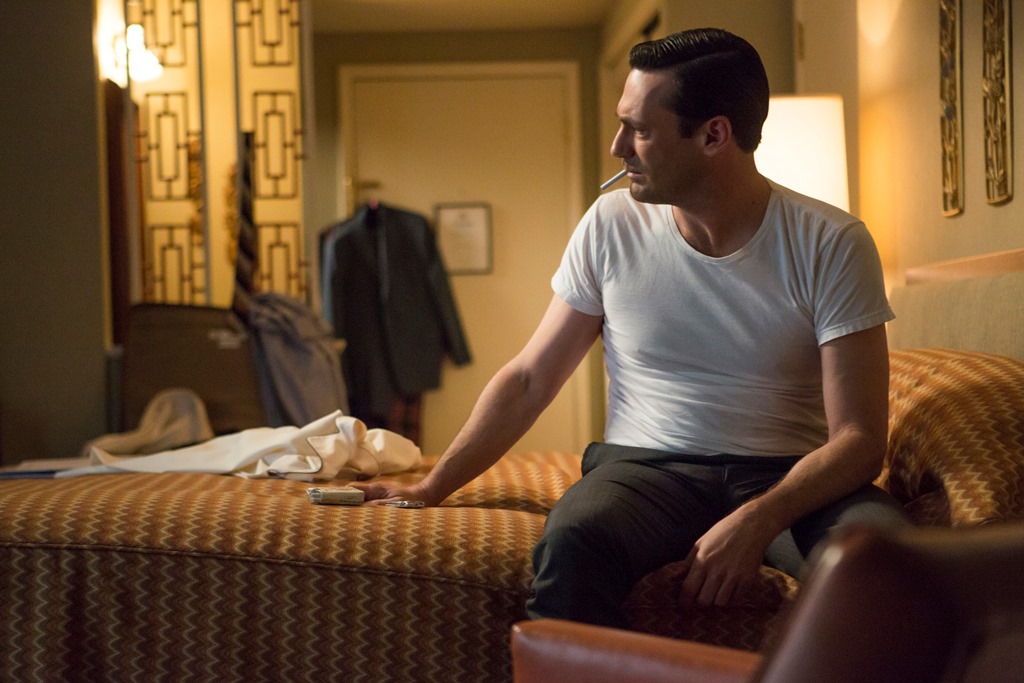
Libby Hill takes a look at the last few episodes of the 2014 season of “Mad Men.”
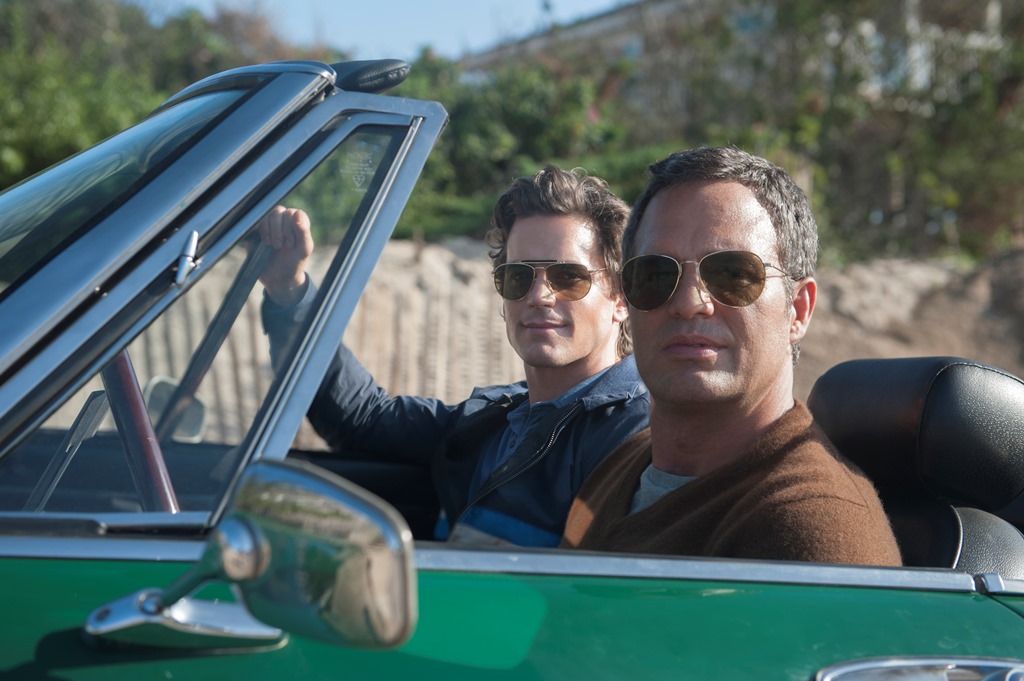
Fantastic performances balance out Ryan Murphy and Larry Kramer’s
melodramatic approach to the history of the AIDS crisis in HBO’s
highly-anticipated “The Normal Heart,” premiering Sunday, May 25th,
2014.

A bi-weekly feature on the best movies new to Netflix, On Demand, and other streaming services.

NBC’s remake of “Rosemary’s Baby” and Showtime’s new weekly adventure
series “Penny Dreadful.” One is awful and it’s not the one with a
synonym for the word in its title.
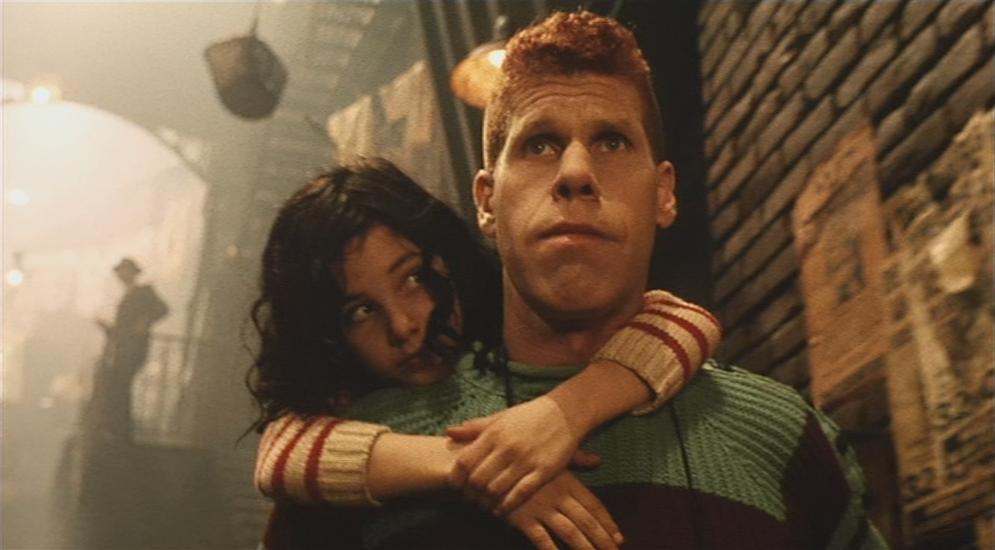
Your guide to the best movies New to Netflix, On Demand, and other at-home services.
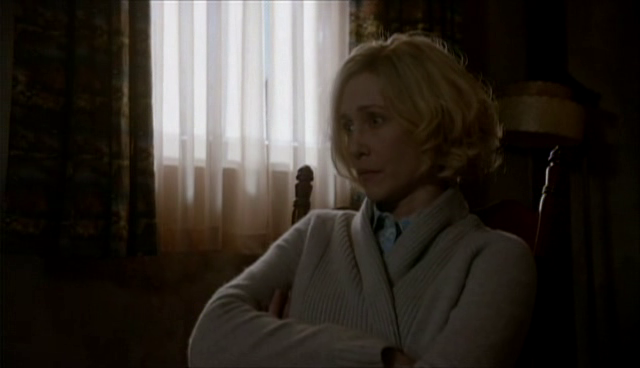
LIbby Hill examines how A&E’s Bates Motel has reimagined the history and impact of Norma Bates on her legendary son.

Jennifer Keishin Armstrong notes the parallels between the fictional world of Mad Men and the behind-the-scenes stories behind The Mary Tyler Moore Show.

Jack Bauer returns in the limited FOX series “24: Live Another Day.”

Louis C.K. brings his hit FX show back to the network on Monday, May 5th. We’ve seen the first four. It’s still the best comedy on TV.
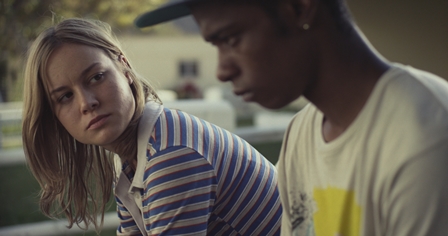
The latest interesting additions to Netflix, Hulu Plus, Amazon, and On Demand platforms in the Streaming Consumer Guide.

BBC America’s hit sci-fi show is back for another round of addictive action.

Ali Arikan has figured out how AMC’s “Mad Men” will end.
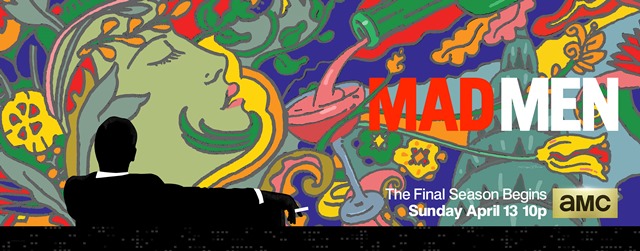
The final season of “Mad Men” begins with the familiar routines of its damaged characters but they have more tragic resonance than ever.
